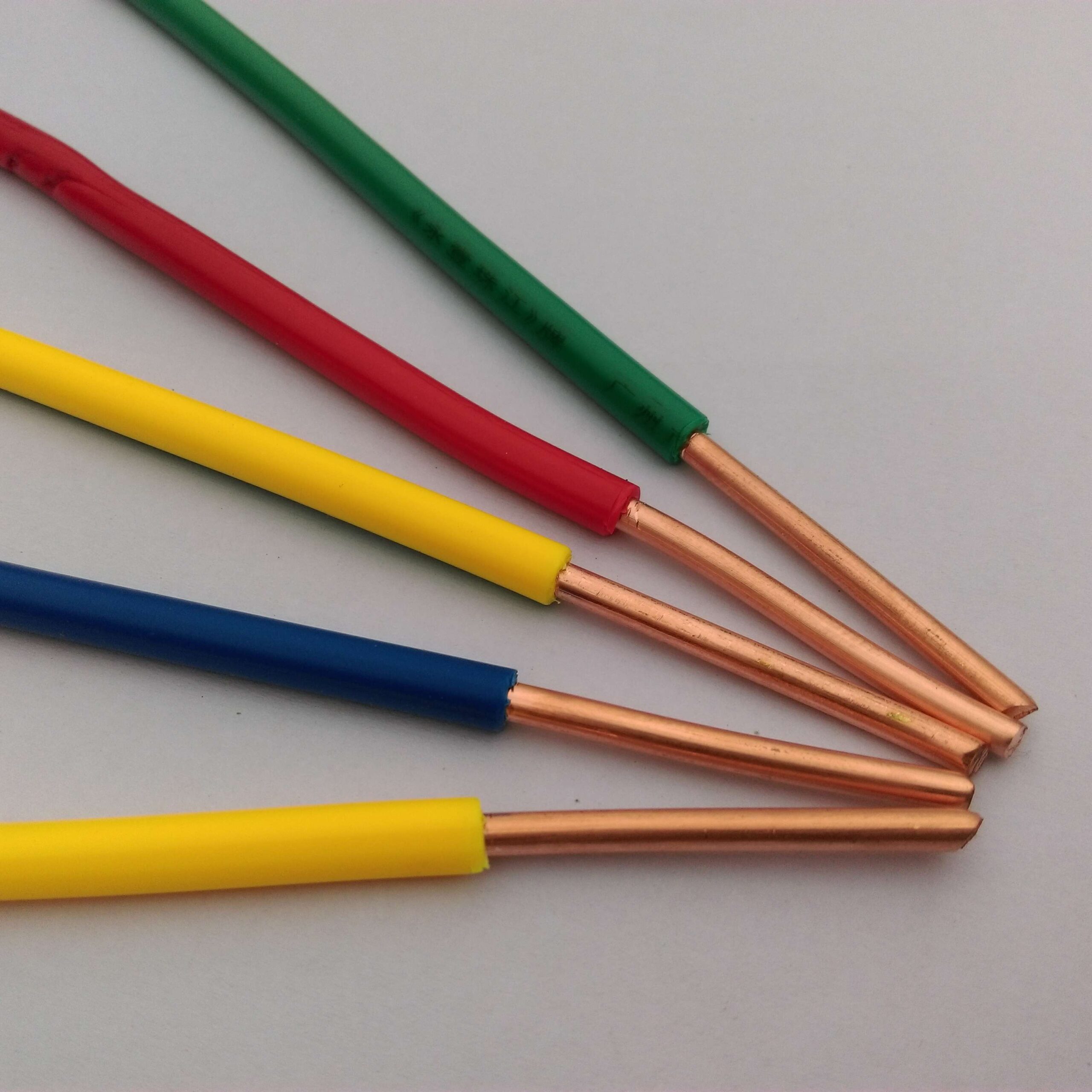Abstract
In the safety protection system of the power transmission system, insulation materials play a vital “guardian” role. This article deeply analyzes the performance characteristics of six major insulation materials: polyvinyl chloride (PVC), cross-linked polyethylene (XLPE), polyethylene (PE), acrylate rubber (EPR), silicone rubber (SIR), and polytetrafluoroethylene (PTFE). Combined with the International Electrotechnical Commission (IEC) standards and the certification data of the Underwriters Laboratories (UL), by comparing and analyzing their key indicators such as temperature resistance, mechanical strength, and environmental protection performance, a scientific basis is provided for engineering selection. Studies have shown that the breakdown strength of XLPE at a long-term working temperature of 90°C can reach 30kV/mm (data source: IEEE Std 404), while PTFE can still maintain stable dielectric properties in extreme environments of -200°C~260°C.

1. Polyvinyl chloride (PVC): A model of economical insulation
As an insulating material with a global usage of 38% (data source: Grand View Research 2023), PVC builds a safety line of defense for low-voltage electrical systems with its excellent cost-effectiveness. Its volume resistivity can reach 1×10¹²Ω·m, and with a rated voltage range of 0.6-1kV, it is perfectly adapted to the needs of building wiring. However, it should be noted that its upper temperature limit of 70°C must be used with flame retardants in high-temperature scenarios. Dow Chemical’s new environmentally friendly PVC formula has passed RoHS certification, reducing the lead stabilizer content to less than 0.01%.
2. Cross-linked polyethylene (XLPE): The patron saint of medium and high voltage systems
Through irradiation or chemical cross-linking technology, the crystal structure of XLPE forms a three-dimensional network system. Its thermal elongation is reduced from 400% of ordinary PE to less than 50% (test standard: IEC 60811), and its aging life can reach 40 years under long-term operation conditions at 90°C. Especially in the field of high-voltage cables above 35kV, the dielectric loss tangent (tanδ) of XLPE is 50% lower than that of oil-impregnated paper insulation, which significantly reduces transmission losses. Japan’s Sumitomo Electric’s 500kV XLPE submarine cable has been successfully used in North Sea wind power projects.
3. Polyethylene (PE): The preferred solution for low-temperature environments
HDPE material still maintains good flexibility at -50℃, and its density of 1.0g/cm³ and water absorption of 0.02% (ASTM D570) are particularly suitable for laying in cold areas. However, we need to be wary of its inherent defect of only 17% oxygen index. BASF of Germany has raised its flame retardant grade to UL94 V-0 through nano-montmorillonite modification technology, successfully expanding its application scenarios in photovoltaic cables.
4. EPR (EPR): A breakthrough in flexible insulation
EPR material’s unique “soft segment-hard segment” structure gives it a 200% elongation at break (ISO 37), which performs well in the field of rail transit with frequent vibrations. Its oil resistance has passed the ASTM D471 test, and the volume change after immersion in IRM903 oil for 168 hours is <10%. Prysmian’s EPR insulated locomotive cable has passed the EN 45545-2 fireproof certification, with a smoke density of less than 50%.
5. Silicone rubber (SIR): The ultimate solution for high-temperature insulation
The silicone main chain structure enables SIR materials to maintain stable performance at high temperatures of 180°C, and its CTI value (comparative tracking index) is as high as 600V (IEC 60112). In the high-temperature area of the steel plant, Shin-Etsu Chemical’s silicone rubber cable can withstand instantaneous 1000°C flame impact, and its ceramic properties can form an insulating protective layer in the fire.
6. Polytetrafluoroethylene (PTFE): The king of special insulation
PTFE’s F-C bond energy is as high as 485kJ/mol, making it excellent inert. In strong acid and alkali environments, its surface resistance remains at 1×10¹⁶Ω (ASTM D257). The coaxial cable developed by Gore using expanded PTFE technology has a dielectric constant as low as 1.3 in the 5G millimeter wave frequency band, reducing signal attenuation by 40%.
Material selection decision matrix
| Index | PVC | XLPE | HDPE | EPR | SIR | PTFE |
|---|---|---|---|---|---|---|
| Temperature range (℃) | -15~70 | -50~90 | -50~75 | -35~130 | -60~180 | -200~260 |
| Breakdown strength (kV/mm) | 20 | 30 | 25 | 22 | 18 | 40 |
| Cost index | 1.0 | 2.5 | 1.2 | 3.0 | 4.5 | 8.0 |
| Environmental protection level | B | A | A | B | A | C |
Summary
From the economic universality of PVC to the extreme performance of PTFE, six types of insulation materials have built a multi-dimensional protection system for power transmission. When selecting, it is necessary to comprehensively consider the “GB/T 12706-2020” standard and specific working conditions: PVC/PE is preferred for low-voltage power distribution, XLPE must be selected for medium and high voltage power transmission, EPR is suitable for dynamic scenes, SIR is standard for high temperature environments, and PTFE is locked for special needs. With the EU REACH regulation’s escalation of restrictions on plasticizers, halogen-free flame-retardant XLPE (data source: European Cables 2023 Annual Report) is replacing traditional materials at an annual growth rate of 7%, which indicates that insulation materials are continuing to evolve towards high performance and environmental protection.
(Authoritative references:
- IEC 60502 Power Cable Standard https://www.iec.ch
- UL 44 Rubber Insulated Cable Standard https://www.ul.com
- Dow Chemical PVC Technology White Paper https://www.dow.com
- Sumitomo Electric XLPE Application Case https://global-sei.com
- Shin-Etsu Silicone Rubber Fire Test Report https://www.shinetsu.co.jp )
